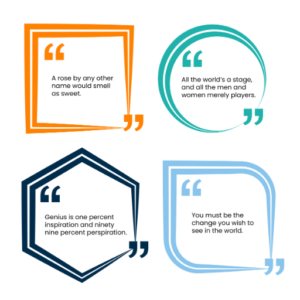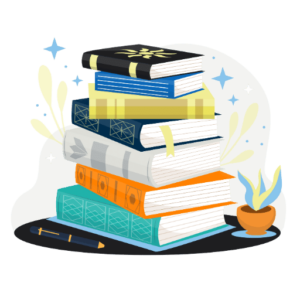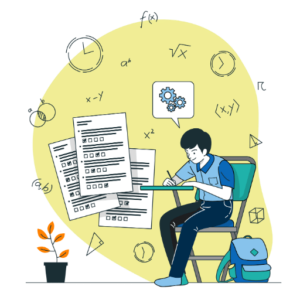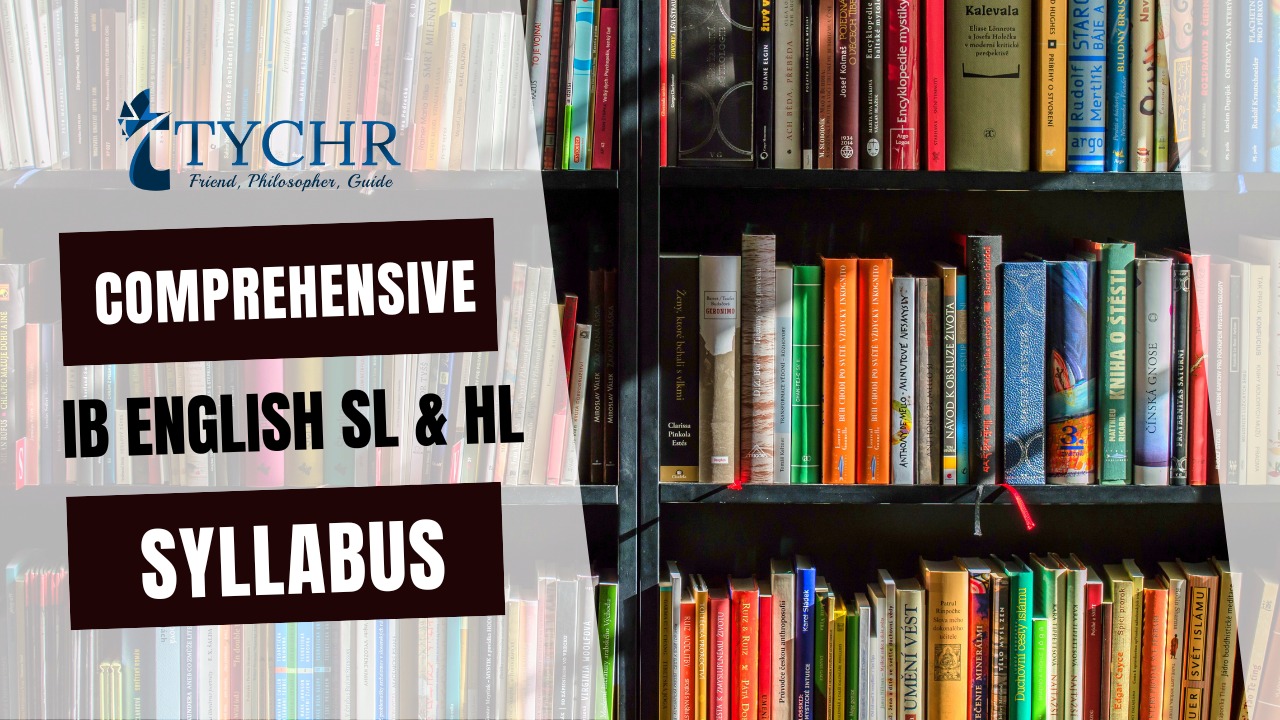Table of Contents [hide]
Areas of Exploration
1) Readers, writers and texts:

- Exploring the relationship between readers, writers, and texts.
- Guiding questions focus on how texts are received and produced.
2) Time and Space:

- Examining the context of production and reception of texts.
- Guiding questions center on the cultural and historical influences on texts.

3) Intertextuality: Connecting Texts

- Investigating the connections between different texts.
- Guiding questions explore themes, contexts, and stylistic features.
Prescribed Books for Paper 2

a) Persepolis- Marjane Satrapi
For this paper, students explore literary works selected by their institutions, often across various genres, cultures, and contexts. Common texts include:
- 1984 by George Orwell
- The Great Gatsby by F. Scott Fitzgerald
- A Streetcar Named Desire by Tennessee Williams
- Persepolis by Marjane Satrapi
- Macbeth by William Shakespeare
Assessments

| Assessment | Description |
| Internal Assessment: Individual Oral | Analysis of how a global issue is presented in one literary work and one non-literary text. |
| External Assessment: Paper 1: Guided textual analysis | Guided textual analysis of non-literary passages. |
| External Assessment: Paper 2: Comparative essay | Comparative essay based on two literary texts studied. |
Areas of Exploration
1. Readers, Writers, and Texts
Focuses on the relationships between texts, creators, and audiences. Students investigate the processes of reading, writing, and how meaning is negotiated through language.
Key Aspects:
- Audience positioning and text interpretation.
- The impact of language and style on meaning.
- How personal and cultural contexts influence understanding.
Guiding Questions:
- How are readers influenced by their contexts?
- How do authors convey ideas through stylistic choices?
- How do texts evoke different responses?
2. Time and Space
Explores the contextual factors influencing texts and their reception. This area examines the intersection of language, history, and culture.
Key Aspects:
- Texts as products of their time and place.
- Representations of cultural and historical events in literature.
- The evolving interpretation of texts over time.
Guiding Questions:
- How does the time or place of a text’s creation influence its meaning?
- How do readers from different contexts interpret a text?
- What role does cultural perspective play in understanding a text?
3. Intertextuality: Connecting Texts
Encourages comparative analysis by examining relationships between texts and recognizing shared themes or structures.
Key Aspects:
- Thematic, stylistic, and contextual connections between texts.
- How texts build on or challenge conventions.
- How meaning is enriched through comparison.
Guiding Questions:
- How do texts connect to or deviate from literary conventions?
- How do intertextual elements shape meaning?
- In what ways can the interpretation of a text be transformed when studied in relation to another?
Assessment Overview
1. Internal Assessment: Individual Oral
- Weight: 30% of the final grade.
- Format: A 10-minute spoken analysis.
- Focus: How a global issue is represented in one literary and one non-literary text.
Requirements:
- Students choose one global issue (e.g., identity, power, culture) to examine.
- The oral must include close analysis of the chosen texts and address how the global issue is constructed.
Assessment Criteria:
- Criterion A: Knowledge, understanding, and interpretation of texts (10 marks).
- Criterion B: Analysis and evaluation (10 marks).
- Criterion C: Focus and organization of oral presentation (10 marks).
- Criterion D: Language use (10 marks).
2. External Assessments
a) Paper 1: Guided Textual Analysis
- Weight: 35% (HL); 40% (SL).
- Task: HL students analyze two unseen non-literary extracts; SL students analyze one.
- Skills Focus: Identifying stylistic and rhetorical techniques to examine meaning.
- Structure: Each analysis is guided by a specific question, focusing on context, form, and audience.
Assessment Criteria:
- Criterion A: Understanding and interpretation (5 marks).
- Criterion B: Analysis and evaluation of choices (5 marks).
- Criterion C: Focus, organization, and development (5 marks).
- Criterion D: Language use (5 marks).
b) Paper 2: Comparative Essay
- Weight: 25% (HL and SL).
- Task: Write a comparative essay based on two studied literary texts.
- Focus: In-depth textual comparison using critical perspectives and thematic analysis.
Assessment Criteria:
- Criterion A: Knowledge, understanding, and interpretation (10 marks).
- Criterion B: Analysis and evaluation (10 marks).
- Criterion C: Focus, organization, and development (5 marks).
- Criterion D: Language use (5 marks).
c) HL Essay (HL Only)
- Weight: 20% of the final grade.
- Task: A formal essay (1,200–1,500 words) exploring an element of a studied text.
- Focus: A line of inquiry into a thematic, stylistic, or cultural feature of the text.
Assessment Criteria:
- Criterion A: Knowledge, understanding, and interpretation (10 marks).
- Criterion B: Analysis and evaluation (10 marks).
- Criterion C: Focus, organization, and development (5 marks).
- Criterion D: Language use and referencing (5 marks).
Literary Texts
The IB syllabus includes a variety of prescribed texts from different cultures, genres, and historical periods. Below are detailed summaries of selected works.
1. Macbeth – William Shakespeare (Drama)
Key Themes:
- Ambition and power.
- Guilt and morality.
- Fate vs. free will.
Context and Features:
- A tragedy that explores the psychological and social ramifications of unchecked ambition.
- Rich in literary devices, including imagery, symbolism, and soliloquy.
Why It’s Studied:
- Examines complex character motivations and thematic depth.
- Provides insight into Elizabethan drama and poetic form.
2. 1984 – George Orwell (Novel)
Key Themes:
- Totalitarianism and surveillance.
- Manipulation of truth and language.
- Resistance and oppression.
Context and Features:
- A dystopian vision of a totalitarian regime controlled by “Big Brother.”
- Uses stark and precise language to critique societal and political structures.
Why It’s Studied:
- Explores the interaction between politics and human freedom.
- Encourages discussions about media influence and ethics.
3. The Great Gatsby – F. Scott Fitzgerald (Novel)
Key Themes:
- The American Dream.
- Wealth and class disparity.
- Love and obsession.
Context and Features:
- A critique of 1920s American society through the lens of decadence and excess.
- Symbolism (e.g., the green light) and metaphor enrich its narrative depth.
Why It’s Studied:
- Encourages analysis of social and moral dynamics.
- Highlights Fitzgerald’s stylistic contributions to modernist literature.
4. A Streetcar Named Desire – Tennessee Williams (Drama)
Key Themes:
- Desire and destruction.
- Gender roles and societal expectations.
- Reality vs. illusion.
Context and Features:
- Southern Gothic influences, naturalistic drama, and vibrant stage directions.
- The fall of Blanche DuBois illustrates gender and social struggles in post-WWII America.
Why It’s Studied:
- Provides a lens into psychological realism and societal critique.
- Encourages an analysis of gender dynamics.
5. Persepolis – Marjane Satrapi (Graphic Novel)
Key Themes:
- Identity and cultural conflict.
- Revolution and resistance.
- The impact of war.
Context and Features:
- A graphic memoir depicting the Islamic Revolution in Iran.
- Combines stark visuals with a deeply personal narrative to address global issues.
Why It’s Studied:
- Introduces graphic novels as a medium for storytelling.
- Promotes understanding of complex socio-political issues through a personal lens.
6. A Doll’s House – Henrik Ibsen (Drama)
Key Themes:
- Gender roles and individual freedom.
- The sacrifices of marriage.
- Appearance vs. reality.
Context and Features:
- A seminal work of modern realism challenging societal norms.
- Rich with symbolism, including the “doll’s house” as a metaphor for control and domestic facade.
Why It’s Studied:
- Offers a critical view of 19th-century European gender roles.
- Facilitates discussion about self-identity and freedom.
Why These Texts?
- Diverse Genres: Drama, novels, and graphic novels expose students to different literary forms.
- Cultural Variety: Texts are drawn from various time periods and geographic locations.
- Intertextuality: Students can connect themes and analyze shared literary techniques.







